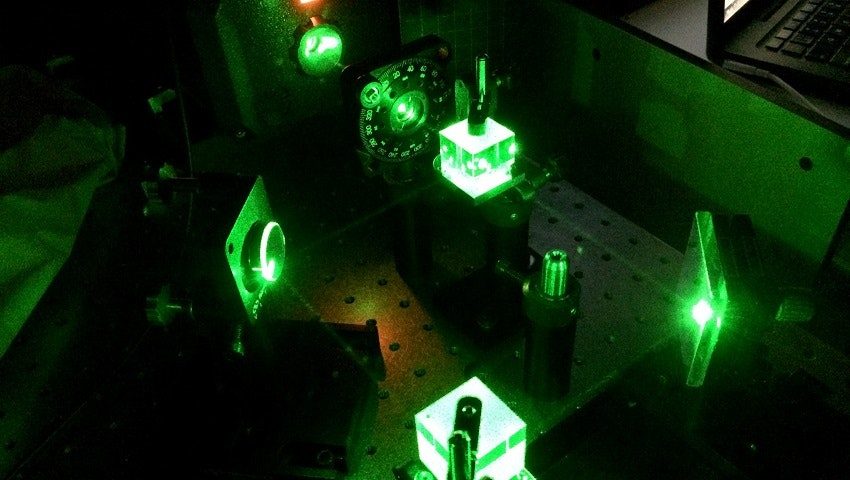OF THE
TIMES
Drama. Both sides being western funded it's difficult for me to feel sorry for either one. Robbing Peter to pay Paul with U.S. tax dollars.
This is nuts seeing Professors arrested and snipers on roofs of Universities ! History repeats itself !
Just like, the debt of the Federal Reserve is not owned by the States nor the citizens of said. ~ Tavern is open - what is your pleasure?
Unfortunately the "States" mentioned have decided to secede - so this vote is null and void.
"I proposed three major principles: mutual respect, peaceful coexistence, and win-win cooperation. They are not only a summary of past experience,...
To submit an article for publication, see our Submission Guidelines
Reader comments do not necessarily reflect the views of the volunteers, editors, and directors of SOTT.net or the Quantum Future Group.
Some icons on this site were created by: Afterglow, Aha-Soft, AntialiasFactory, artdesigner.lv, Artura, DailyOverview, Everaldo, GraphicsFuel, IconFactory, Iconka, IconShock, Icons-Land, i-love-icons, KDE-look.org, Klukeart, mugenb16, Map Icons Collection, PetshopBoxStudio, VisualPharm, wbeiruti, WebIconset
Powered by PikaJS 🐁 and In·Site
Original content © 2002-2024 by Sott.net/Signs of the Times. See: FAIR USE NOTICE

The surface photo appears doctrinal similar to an apparatus
in a (1993 or 1994) IEEE Progress magazine for student engineers,
that used light, at a speed above 4 gigahertz,
to have two separate calculating processes.
And desktops of the time were around 10 to 50 M Hz.